Science
Frogs and Toads Together: Why do Amphibians Group Up?April 11, 2025

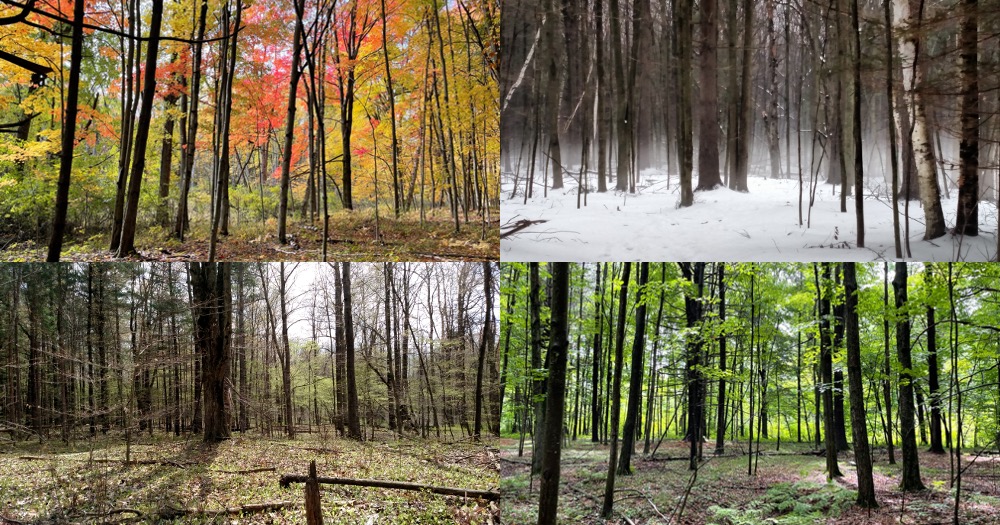
Teaching the four seasons is tied to the Next Generation Science Standards in Kindergarten and 3rd grade. Both grades look at weather patterns over time which can be accomplished when teachers collect and analyze local weather data. When teaching the four seasons, topics to cover include how the seasons change, what happens with the sun, and how that affects plants and animals. Because the weather changes from season to season, it is important to collect weather data the entire school year.
Teaching the four seasons is easier said than done since it is an abstract concept for early childhood learners to study. So what causes the seasons on Earth? To break it down, teaching the four seasons can be accomplished by introducing these three things (depicted in the diagram below):
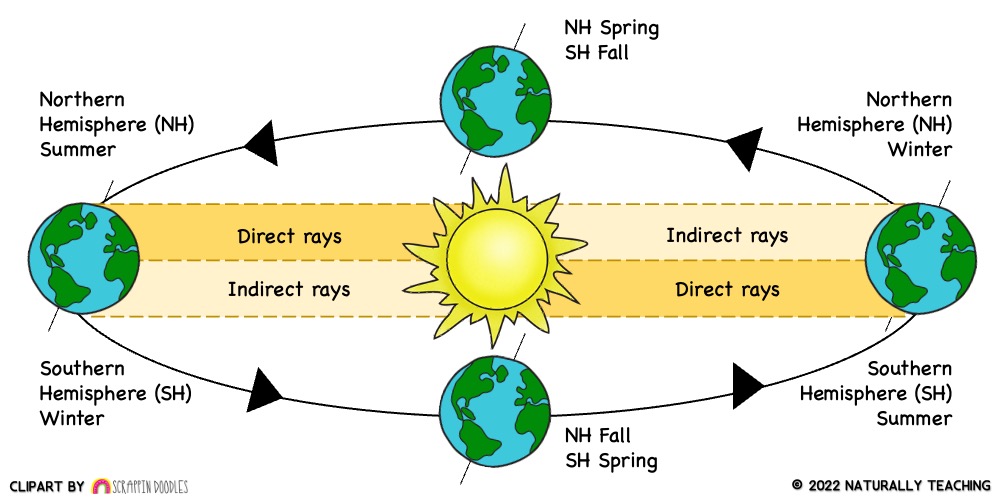
The more direct the sun’s rays, the hotter the temperature and more intense the UV rays are. Also, the more indirect the sun’s rays, the cooler the temperature and less intense the UV rays are. The change in direct and indirect rays makes the seasons. These changes can be felt in the weather as well as seen in the behavior of plants and animals.
(It is important to note that due to the spherical shape of the Earth, the equator experiences direct rays from the sun year-round so many of the countries along this latitude experience hot temperatures and intense UV rays all year. The opposite can be said of the North and South poles which experience indirect rays and cold temperatures year-round).
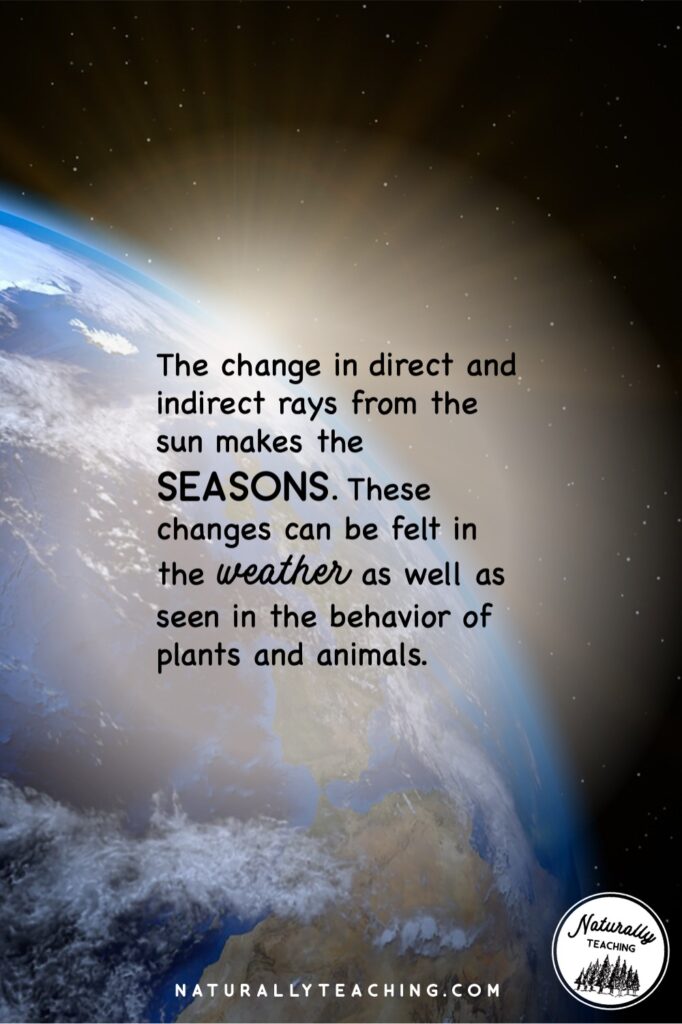
The Earth is constantly spinning and the number of hours of day and night depend on the season. On the first day of fall, called the Fall or Autumnal Equinox, there is almost equal hours of day and night. This usually occurs around September 21st in the Northern Hemisphere and around March 21st in the Southern Hemisphere.
Because the Earth has reached a point in its orbit around the sun where the Northern and Southern Hemispheres are neither tilted toward or away from the sun, the amount of day and night are nearly equal. The sun’s rays are also neither direct or indirect, causing mild temperatures. After a hot summer, fall brings the cooling of the land which signals to the active plants and animals to prepare for winter, a time of scarcity.
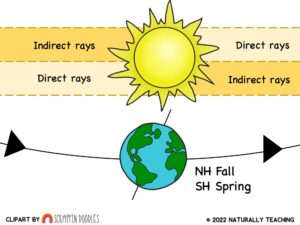
As the Earth continues on its orbit, both the intensity of the sun’s rays and the number of hours of daylight decreases. Looking for more ideas for teaching about fall? Check out the article “A Helpful Guide to Teaching About Fall in Elementary School”.
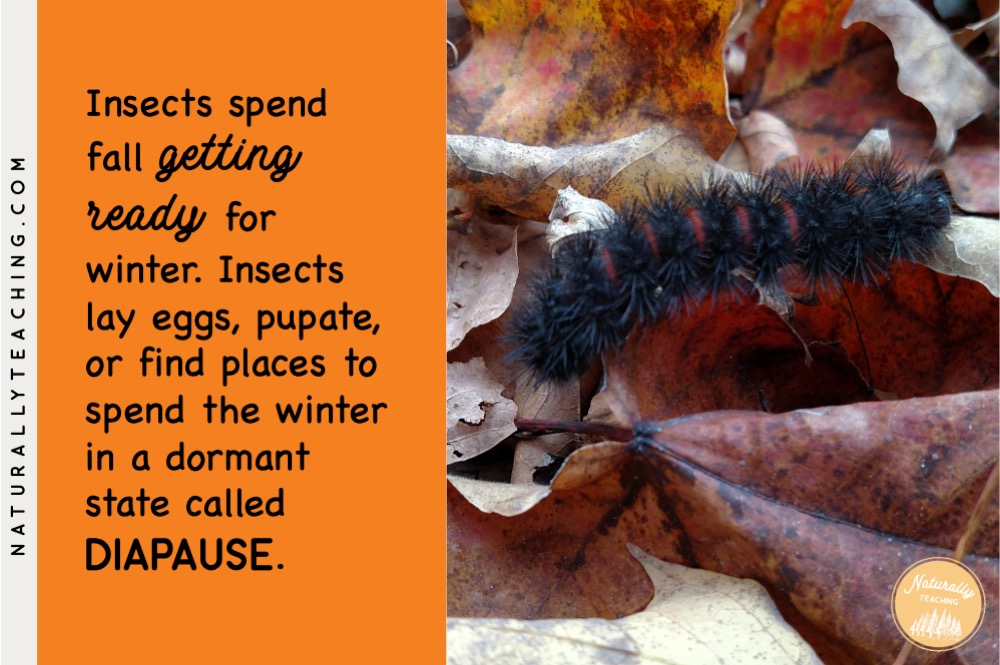
On the first day of winter, called the Winter Solstice, there are more hours of night than day. This usually occurs around December 21st in the Northern Hemisphere and around June 21st in the Southern Hemisphere. Because the Earth has reached a point in its orbit around the sun that a portion of it is tilted away from the sun, there are more hours of night than day.
When the Northern Hemisphere is tilted away from the sun it is experiencing winter which means the Southern Hemisphere is tilted toward the sun and is experiencing summer, and vice versa. In winter, the sun’s rays are more indirect, causing cold temperatures. After a cool fall, winter brings extremely cold temperatures and the need for survival skills.
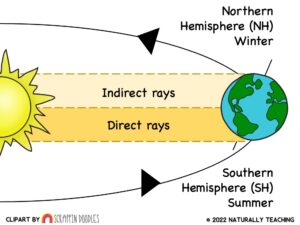
As the Earth continues on its orbit, both the intensity of the sun rays and the number of hours of daylight increases.
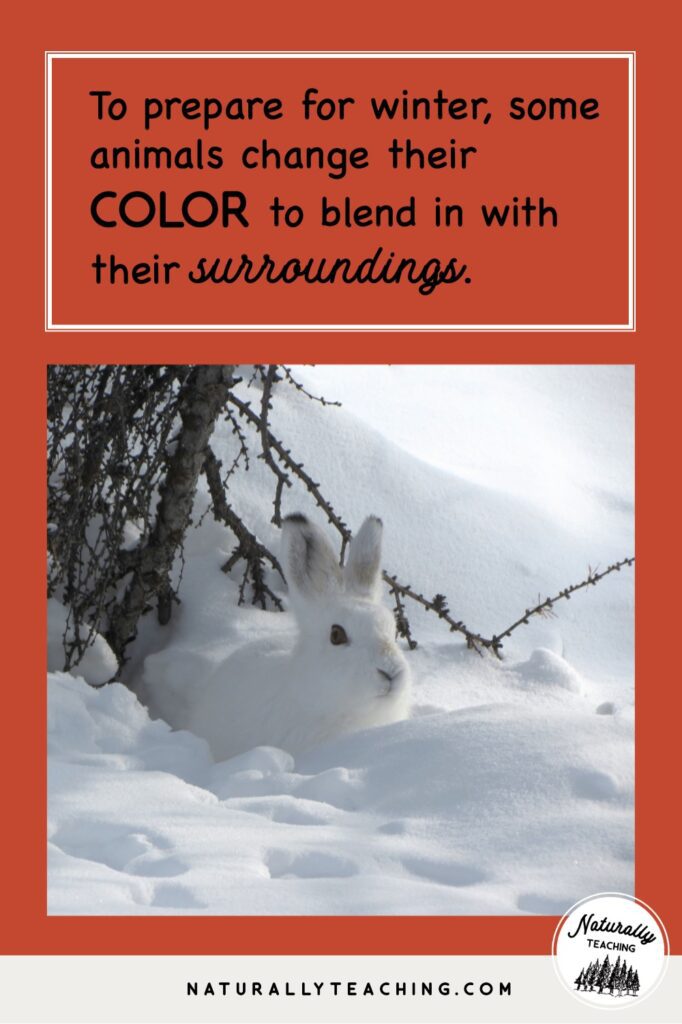
On the first day of spring, called the Spring or Vernal Equinox, there is almost equal hours of day and night. This usually occurs around March 21st in the Northern Hemisphere and around September 21st in the Southern Hemisphere. Because Earth has reached a point in its orbit again that the Northern and Southern Hemispheres are neither tilted toward or away from the sun, they both receive relatively equal amounts and intensities of sun rays. After a cold winter, spring brings the warming of the land which allows for sleeping plants and animals to emerge and prepare for summer, a time of abundance.
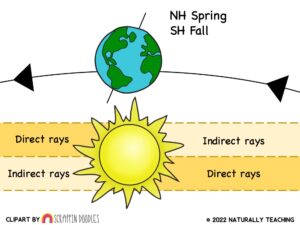
As the Earth continues on its orbit, both the intensity of the sun rays and the number of hours of daylight increases.
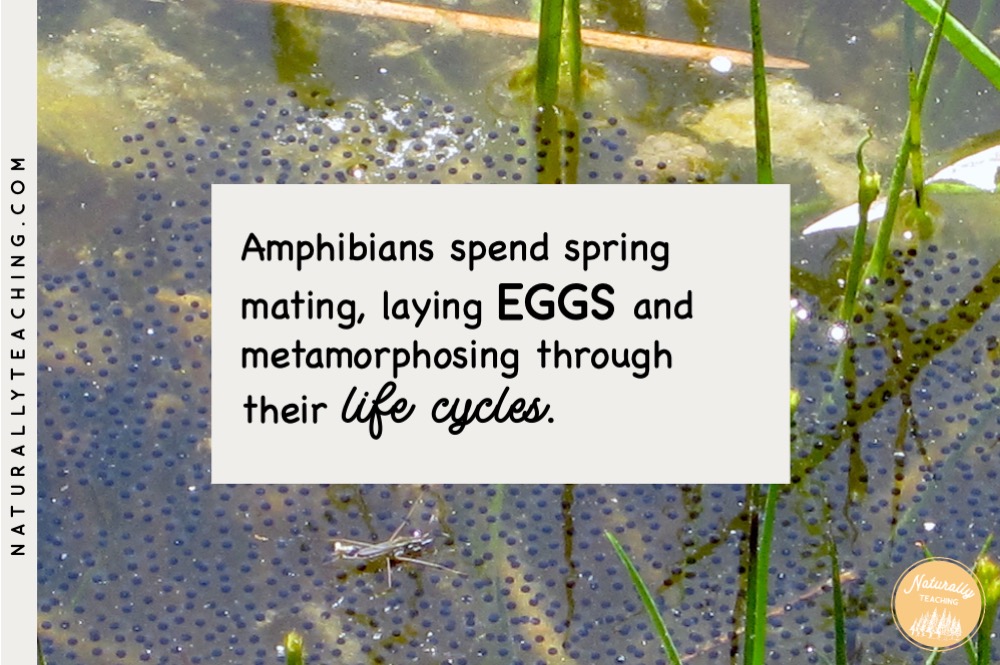
Teaching the four seasons would not be complete without teaching about summer. Although most traditional school years don’t include the summer season, consider introducing summer and its signs. This could be done at the end of the school year in fun and engaging ways to round out your students’ weather pattern study.
On the first day of summer, called the Summer Solstice, there are more hours of day than night. This usually occurs around June 21st in the Northern Hemisphere and around December 21st in the Southern Hemisphere. Because the Earth has reached a point in its orbit around the sun that a portion of it is tilted toward the sun, there are more hours of day than night.
When the Northern Hemisphere is titled toward the sun and is experiencing summer, the Southern Hemisphere is tilted away from the sun and is experiencing winter, and vice versa. What causes the summer to be the warmest season? In summer, the sun’s rays are more direct, causing hot temperatures. After a warm spring, summer brings heat and the opportunity to flourish.
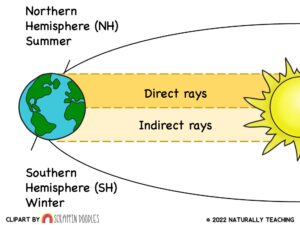
As the Earth continues on its orbit, both the intensity of the sun rays and the number of hours of daylight decreases.
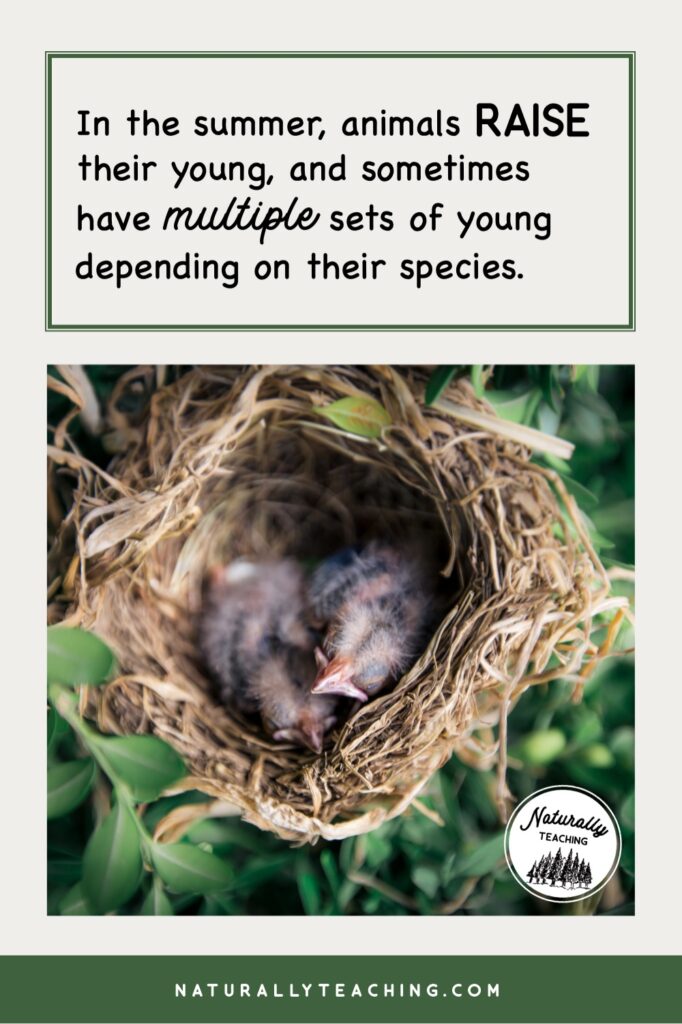
The cycle of the seasons continues as the Earth orbits the sun time and time again. Teaching the four seasons in your kindergarten or 3rd grade classroom will give your students a chance to study weather over the entire school year and find the weather patterns that occur in nature. This year-long study will fulfill the Next Generation Science Standards in the best way possible. Looking for a way to introduce seasonal signs to your students? Check out our seasonal resources to help you on your journey teaching the four seasons!
Do you have an amazing way that you spend time discovering the answer to the question, “what is the spring season?” Include your favorite activities in the comments!
Looking for other articles about the seasons to help you teach weather all school year long? Check these out!
“A Helpful Guide to Teaching About Fall in Elementary School”
“A Helpful Guide to Teaching the Season Transition to Winter”
“A Helpful Guide to Answering the Question ‘What is the Spring Season?'”
10 thoughts on “A Helpful Introduction for Teachers Teaching the Four Seasons in School”